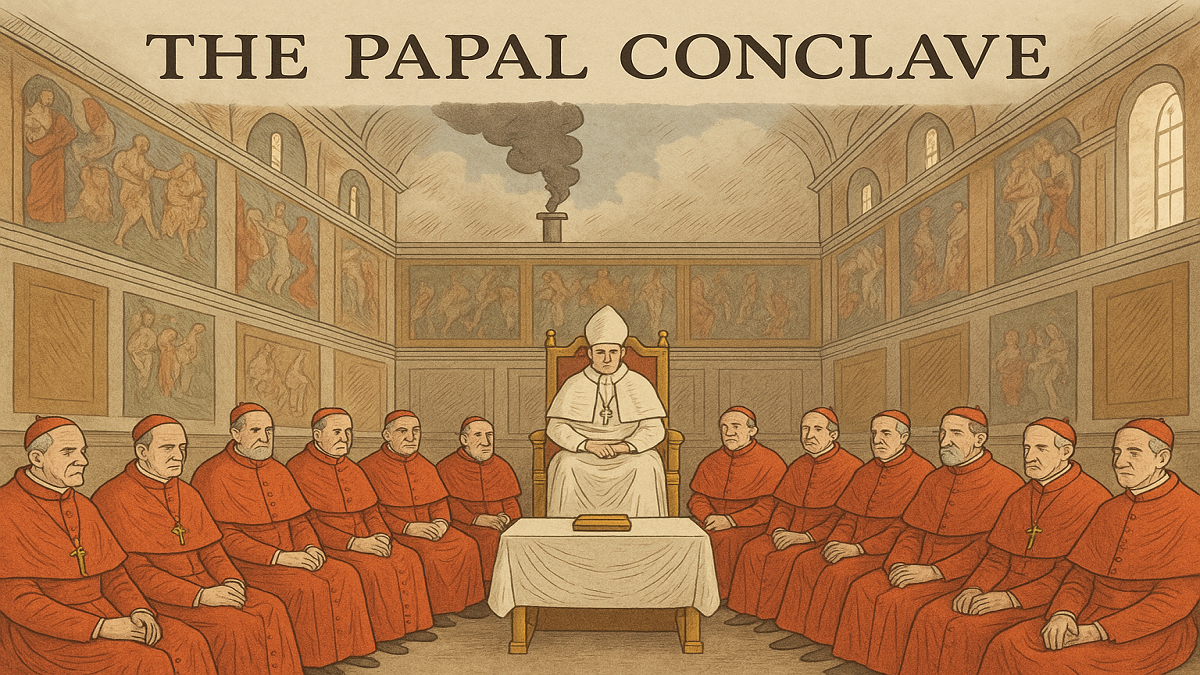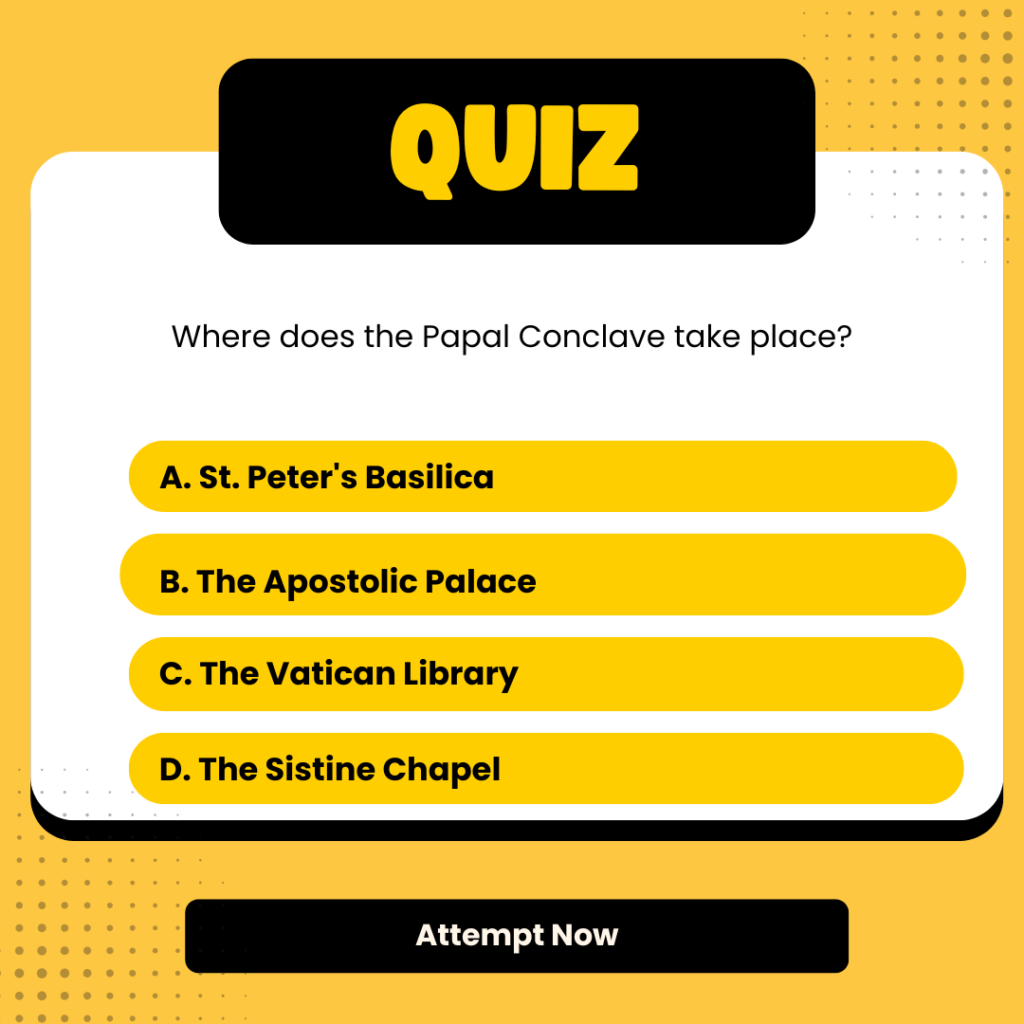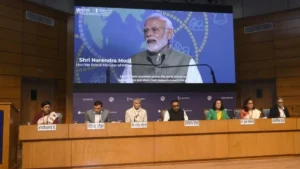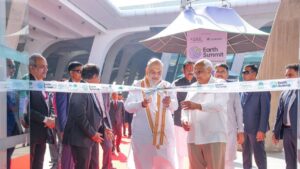Why in the News?
As the Catholic Church prepares for the 2025 Papal Conclave, global attention is focused on the selection of the next Pope. This follows the anticipated resignation or passing of the current Pope, marking the beginning of a sede vacante—a period when the papal seat becomes vacant. The conclave is expected to bring together eligible cardinals from around the world to elect a spiritual leader who will shape the future direction of the Church.
Introduction
The Papal Conclave is the formal process by which the Catholic Church elects a new Pope. It is one of the oldest and most sacred traditions in Christianity. The word conclave means “with a key,” referring to the locked doors behind which cardinals meet in secrecy. The conclave is held in the Sistine Chapel in Vatican City, and only cardinals under the age of 80 are eligible to vote. The process continues until one candidate secures a two-thirds majority.
Key Facts / Summary Table
| Topic | Details |
|---|---|
| Name | Papal Conclave 2025 |
| Related to | Religion / Global Affairs |
| Location | Vatican City |
| Implemented by | Roman Catholic Church |
| Date | Expected in 2025 |
| Special Feature | Cardinals under 80 vote in secrecy; election requires a two-thirds majority |
The Pope is not just the spiritual leader of over 1.3 billion Catholics, but also a global influencer on social, ethical, and political matters. The new Pope will face challenges such as secularism, Church reforms, abuse scandals, and geopolitical tensions. Therefore, the conclave is significant not just for Catholics, but for the entire world.
Features / Characteristics
What is the Papal Conclave?
- The Papal Conclave occurs when the papacy becomes vacant due to death or resignation.
- The process is governed by the document Universi Dominici Gregis (UDG).
- Eligible cardinals meet in secrecy inside the Sistine Chapel, disconnected from the outside world.
- Voting is done up to four times per day, and continues until a two-thirds majority is achieved.
- Once elected, the new Pope is announced to the world by the appearance of white smoke from the Vatican chimney.
What Determines the Papal Conclave?
-
Conclave Rules:
The rules laid out in Universi Dominici Gregis ensure cardinals stay isolated. Voting is secret and secure, encouraging compromise and eliminating external interference. -
Ideological Divisions Among Cardinals:
- Reformists: Favor modern reforms, inclusivity, climate advocacy, and social justice. They support Pope Francis’s approach to pastoral openness.
- Conservatives: Prefer tradition, doctrinal clarity, and moral discipline. They are concerned that too much reform weakens the Church’s core teachings.
3. Influence and Negotiation:
- Certain influential cardinals, known as “great electors,” shape the outcome by building alliances and directing consensus.
- Pre-conclave meetings allow even non-voting cardinals (over 80) to express views and guide the electors.
4. Global Church Needs: With challenges like declining Church attendance in Europe, growing Catholicism in Africa and Asia, and internal debates on LGBTQ+ rights and women’s roles, the next Pope must balance spiritual leadership with global diplomacy.




 IIT Madras and India AI Mission to Host ...
IIT Madras and India AI Mission to Host ...
 India Begins Countdown to 2nd WHO Global...
India Begins Countdown to 2nd WHO Global...
 Amit Shah Inaugurates EARTH Summit 2025 ...
Amit Shah Inaugurates EARTH Summit 2025 ...







